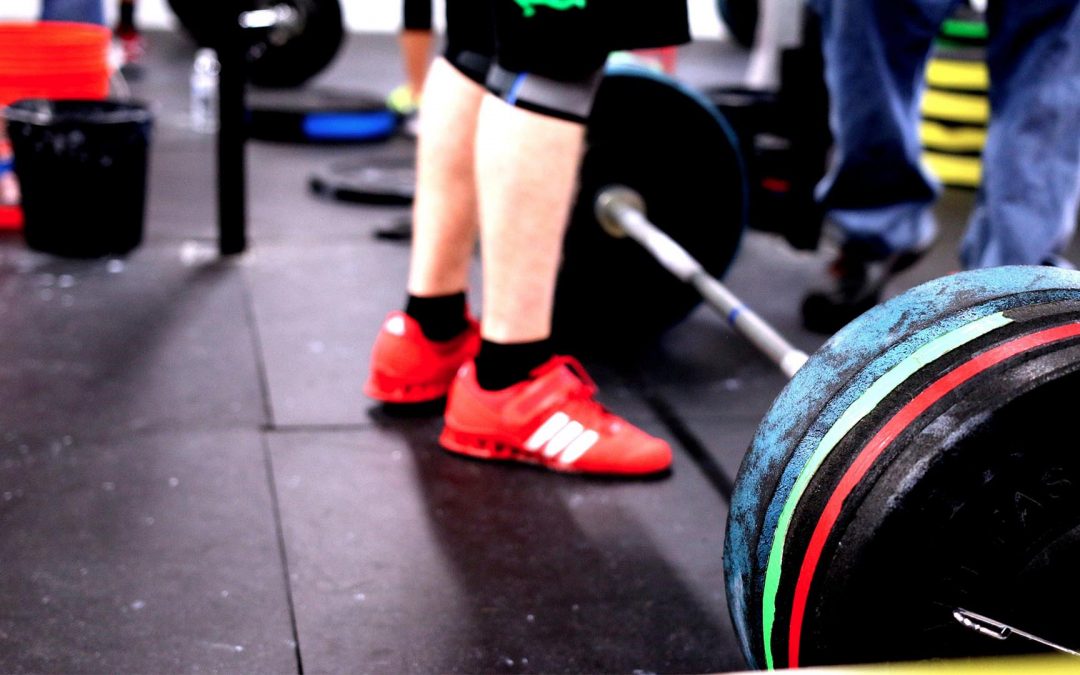Chiropractors focus on the spine because it is believed that our overall health is influenced in large part by the condition of our nervous system. Radiating pain, numbness and weakness are signs of nerve problems that can be caused by a spinal misalignment. For weightlifters, however, a spinal misalignment can lead to severe consequences.
Weightlifters put not only their muscles, but their spine in a lot of stress. That is why many weightlifters rely on chiropractors to keep their spine in proper alignment to relieve pain, and maximize their lifting potential. World strongman Andrew Babcock knows the importance of chiropractic care and goes to see his chiropractor when training for competitions.
Tips for Weighlifters
Whether you are a professional athlete or make occasional trips to the gym, these tips will help you avoid injuries when doing strenuous exercises.
1. Know the Risks. Weightlifting puts you at risk for sprained ligaments, as well as strained muscles and tendons. Knowing the risks beforehand can help you recognize these injuries and address them as needed.
2. Use Your Core. Keeping your abdominal muscles tense and engaged when lifting will not only help improve your posture, but it will also keep you from using the wrong muscles to lift weights. Stop when you get to the point where you can no longer engage your abdominal muscles during lifting.
3. Keep Your Back Straight. When lifting weights, it’s important to keep your spine fairly straight. While arching your back may feel more comfortable at first, it can cause nerve damage resulting in pain and/or tingling in your arms and legs. Do not twist your back when lifting either, as this can introduce other easily strained muscles into the activity.
4. Lift the Right Weight. Many back injuries occur simply because the weight being lifted was too heavy. When it comes to toning and muscle building, heavier is not necessarily better. You can still get in a great workout with less risks using lighter weights. Do not push yourself with heavier weights just because you think it provides better results.
5. Know When to Stop. Knowing when to stop is perhaps your most important tool to prevent back injuries while weightlifting. Stop once you feel physically exhausted – or try stopping before reaching this point. Being physically exhausted puts people at a very high risk for injury, especially when they try to compensate for their exhaustion by using other muscles to lift the weight, which can cause serious injuries.



